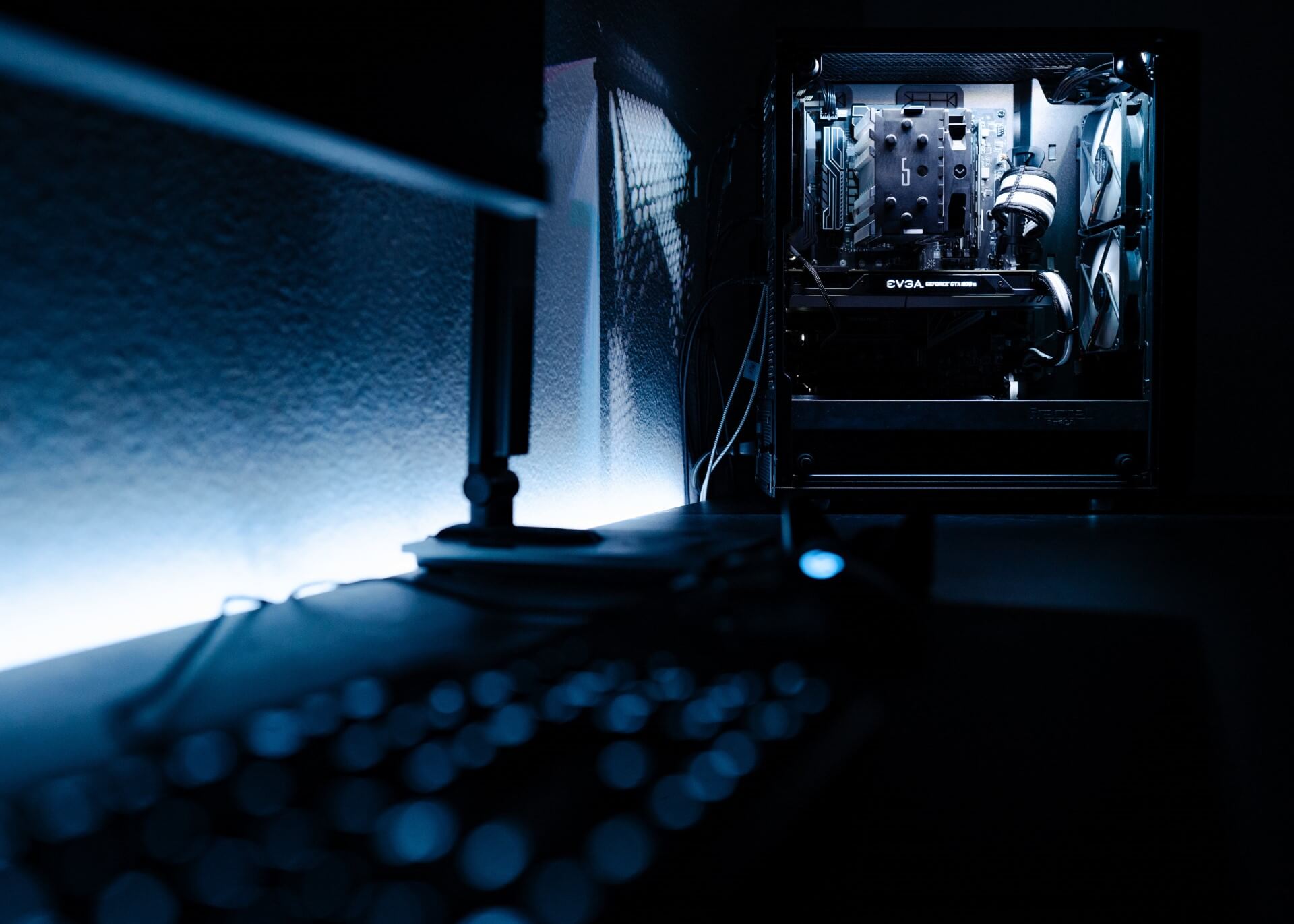A personal computer (PC) is a complex machine with various components working together to perform a wide range of tasks. Here’s a breakdown of the essential components you’ll find in a typical PC:
- Central Processing Unit (CPU): Often referred to as the brain of the computer, the CPU executes instructions from programs and performs calculations.
- Memory (RAM): Random Access Memory is the short-term memory where the computer stores data that is actively in use or being processed. It provides quick access for the CPU.
- Storage (Hard Drive or SSD): This is where the computer stores data for the long term. Hard drives (HDD) and solid-state drives (SSD) are common types of storage devices.
- Motherboard: The main circuit board that connects all the components. It provides the pathways for data transfer and power distribution.
- Graphics Processing Unit (GPU): Also known as a graphics card, the GPU is responsible for rendering images and videos. It’s crucial for gaming, graphic design, and video editing.
- Power Supply Unit (PSU): Converts electrical power from an outlet into a form that the computer can use. It supplies power to all the components.
- Cooling System: To prevent components from overheating, PCs have cooling systems that often include fans and heat sinks.
- Input Devices:
- Keyboard: Used for typing and interacting with the computer.
- Mouse or Touchpad: Enables pointing and clicking, navigating the graphical interface.
- Output Devices:
- Monitor: Displays visual output from the computer.
- Printer: Produces hard copies of documents.
- Speakers or Headphones: For audio output.
- Networking Components:
- Network Interface Card (NIC): Connects the computer to a network.
- Wi-Fi Card: Allows wireless network connections.
- Expansion Cards: Additional cards that can be added to the motherboard for extra functionality, such as sound cards, network cards, or USB expansion cards.
- Case (Chassis): The enclosure that houses all the components, protecting them and providing ports for connecting peripherals.
- Operating System (OS): Software that manages hardware resources and provides a user interface. Common examples include Windows, macOS, and Linux.
Understanding these components gives you a glimpse into the intricate workings of a PC. Each part plays a specific role, contributing to the overall functionality of the computer.
